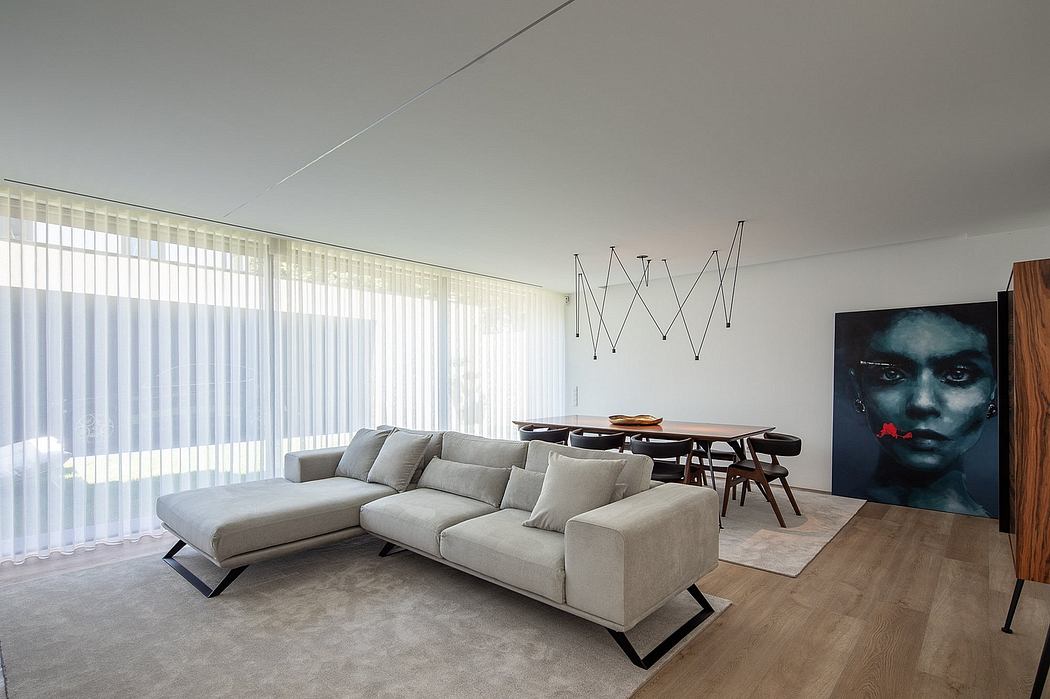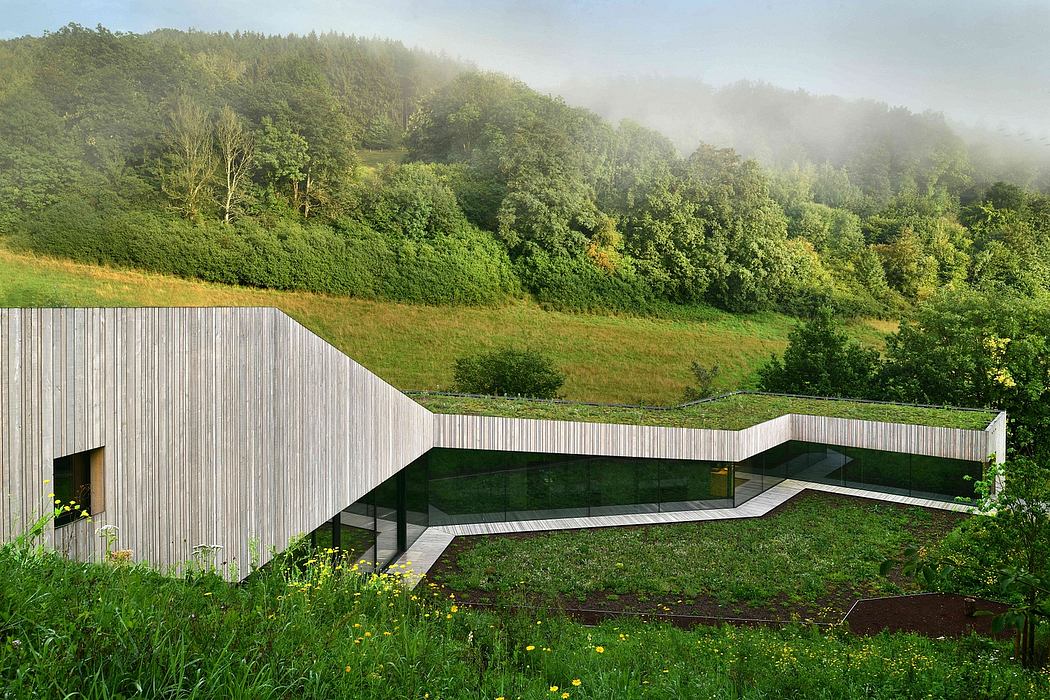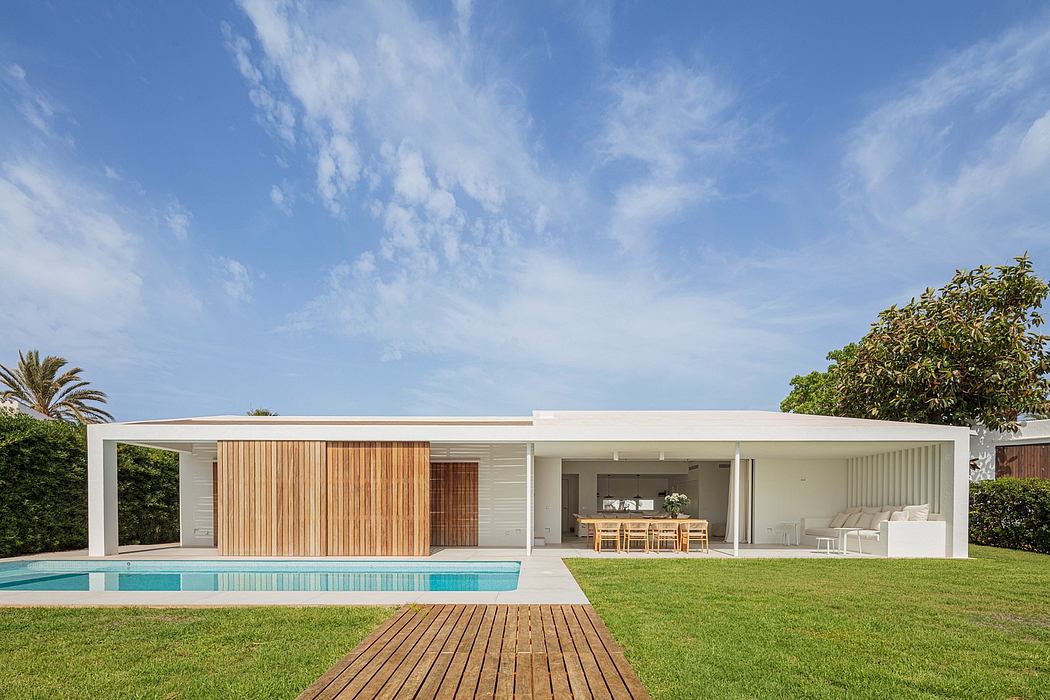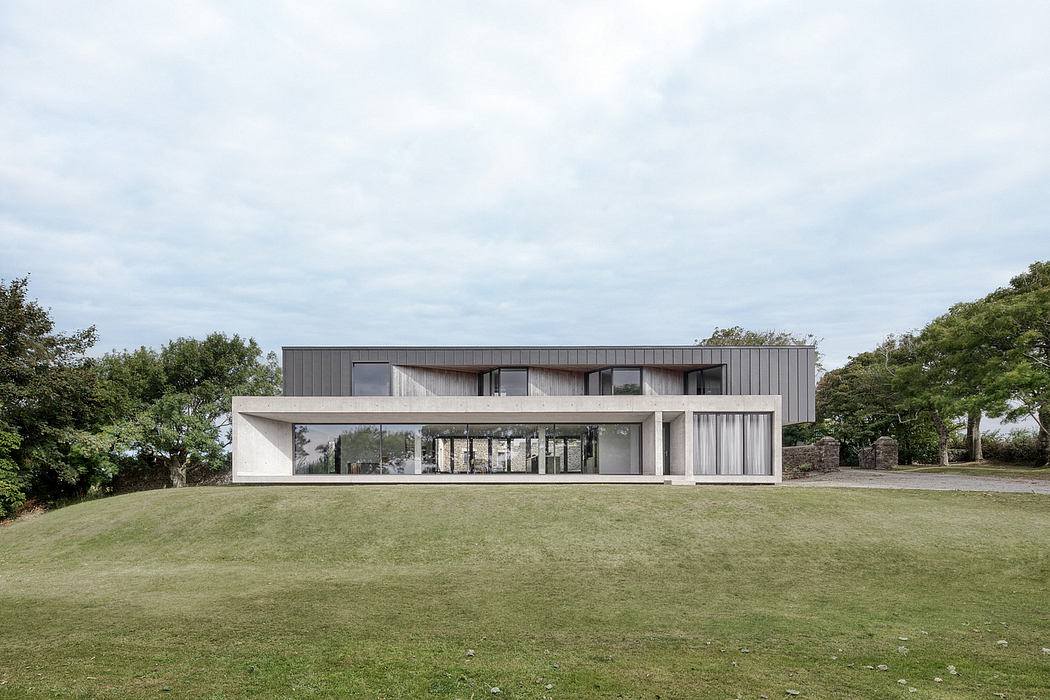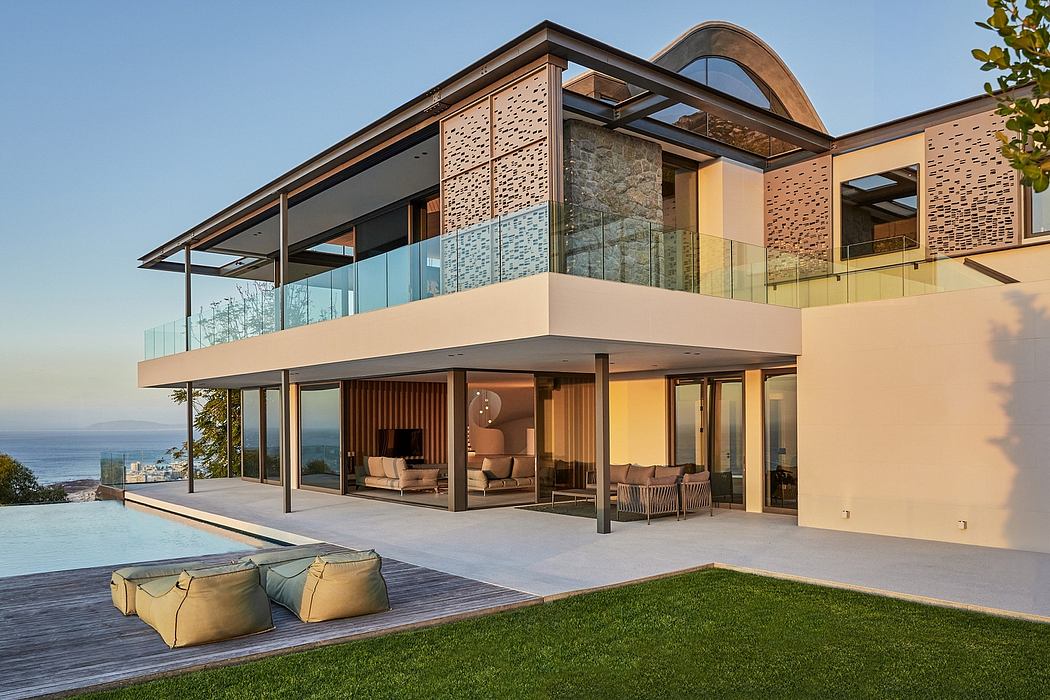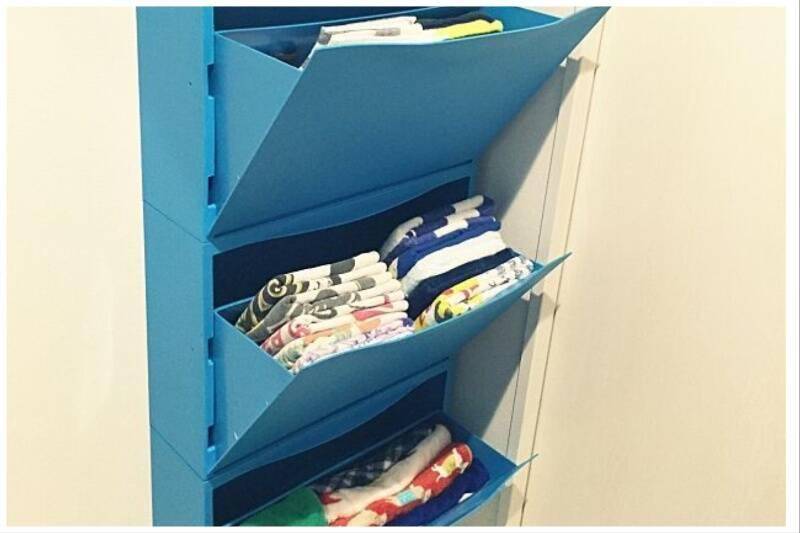Beyond fireplaces: Historic heating methods of the 19th century
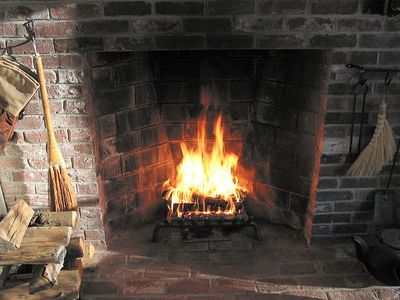
Pure fire Welcome back to Period Dramas, a weekly column that alternates between rounding up historic homes on the market and answering questions we?ve always had about older structures.
Thanks to modern heating systems, we can enjoy the cozy picturesqueness of a fireplace without depending on it to keep our homes warm. But that wasn?t the case in 18th- and early 19th-century America.
?Up through about 1800, the wood-burning fireplace?very popular with English settlers?was the primary means of heating a home,? explains Sean Adams, professor of history at the University of Florida and author of Home Fires: How Americans Kept Warm in the Nineteenth Century. ?The problem was that winters in America can be much harsher than in England. The weather quickly exposed how inefficient fireplaces are at heating a room.? The majority of the heat in a fireplace goes up and out of the flue. What little heat does make its way into the room gets concentrated directly in front of the firebox, leaving the rest of the room quite cold.
Photo by Robert Khederian
A fireplace with a Franklin Stove insert.
In 1741, Benjamin Franklin sought to improve the efficiency of the fireplace. He introduced a cast-iron insert for the firebox?called the ?Franklin Stove??in The Papers of Benjamin Franklin, volume 2. While it didn?t fundamentally change the design of a fireplace, it addressed his theory about heat.
?Franklin believed heat to be like liquid?he was trying to...
| -------------------------------- |
| World's largest spherical structure unveiled in Las Vegas |
|
|





